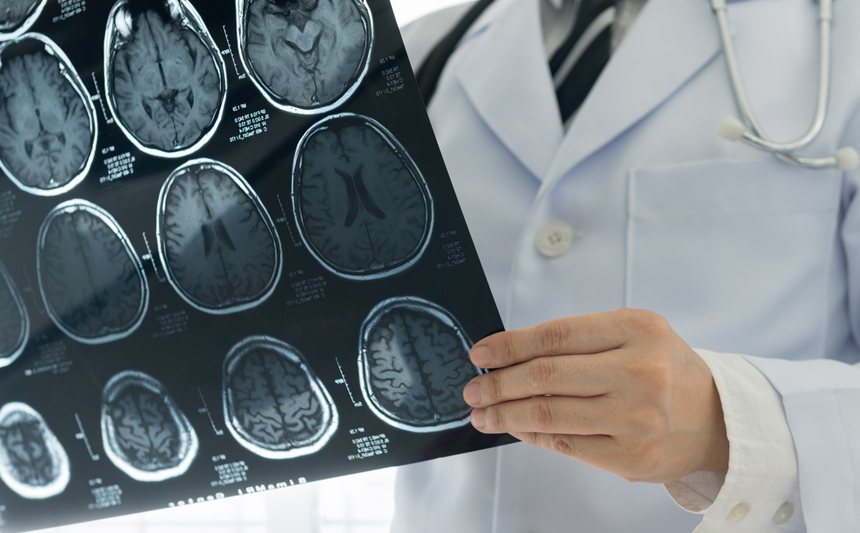What you should know about stroke

A sudden onset of blurred vision, slurred speech, or numbness or paralysis in the face, arm, or leg can be indications of a stroke.
Many people experiencing these symptoms wait to seek help, but this can be a fatal mistake: The risks of permanent damage or death increase the longer treatment is delayed. In fact, six million people die and five million more become permanently disabled because of a stroke each year.
Nationally, the number of stroke deaths has declined, but in Kentucky, strokes are increasing. Yet stroke is a largely preventable disease: keeping blood pressure, cholesterol, weight and/or diabetes in check can greatly reduce the risk.
When a stroke occurs, however, the most important factor is time.
BE-FAST
Take preventive measures, know the symptoms and BE-FAST if you suspect a stroke.
Balance – Does the person have trouble walking or standing?
Eyes – Are there any changes to eyesight, such as blurry vision?
Face – Do the eyes or mouth appear to be drooping?
Arms – Does the person complain of arm weakness?
Speech – Does the person slur their speech or mix up words?
Time – If any of those signs are present, it’s time to call 911.
If you or someone you are with show any of the above symptoms, call 911. It’s better to have a false alarm than to delay any treatment.
As with any medical issue, prevention is key in avoiding a stroke. High blood pressure and cholesterol are two main risk factors. Engaging in regular physical exercise, quitting smoking, and cutting back on salty and/or fatty foods can make a big difference.
Stroke Care Network
The Stroke Care Network, a partnership between UK HealthCare and Norton Healthcare, is an affiliation of 34 regional hospitals dedicated to the highest-quality stroke care. Based on extensive research, the Stroke Care Network has developed a system of care that provides prompt diagnosis and treatment to minimize the damage a stroke can cause.
A key step in stroke diagnosis is a computerized tomography (CT) scan to find bleeding in the brain or damage to the brain cells. Since 2015, the time it takes to get a CT scan read by doctors and begin a treatment plan has decreased from 52 minutes to 39 minutes in a Stroke Care Network hospital. Clot-busting medication may reduce long-term disability, but is only available within a few hours of the first symptom.




